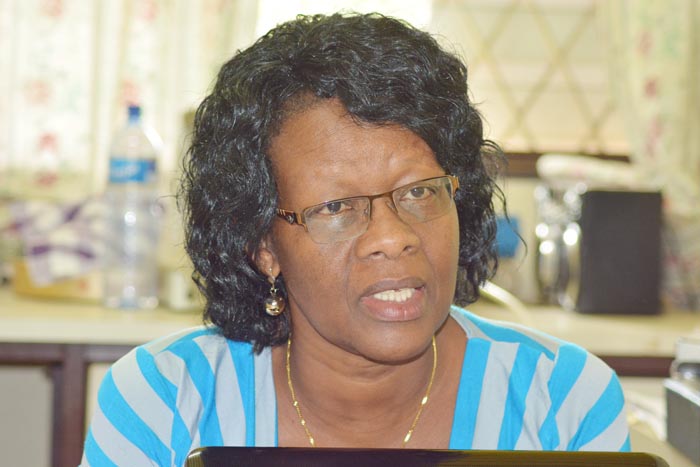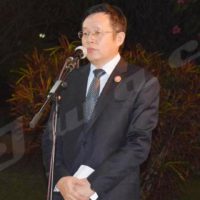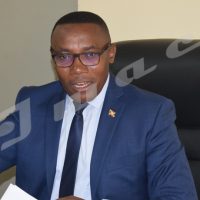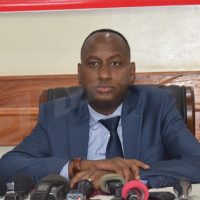The Ministry of High Education and Scientific Research has launched a new system for selecting medical laureates in the medical faculty. After the national exam, laureates will have to take another exam to be allowed to study in that faculty.-By Diane Uwimana

Pr Anastasie Gasogo: “The system concerns three Burundi Universities including the Universities of Burundi, Ngozi and Hope Africa. Each University will not exceed100 medical students.” ©Iwacu
According to Pr Anastasie Gasogo, Director General of High Education and Post-Professional Secondary for the Ministry of High education and Scientific Research, the new system will allow Burundi to be in conformity with other EAC partner states. “We must work in accordance with EAC standard norms. We have received a recommendation from the partner states that we should significantly reduce the number of students in the medical faculty from 300 to 100 students,” says Pr Gasogo.
For her, it is difficult to supervise more than 100 students in one class, and to ensure good doctors at the end of their studies. “The medical faculty is very important, we must be careful of the supervision rate”, she adds.
She states that the Ministry attempted to begin the new system last year but in vain due to lack of funds. “It is very expensive to organize such an activity. We have begun this year with the medical faculty, and the system will be extending to other faculties step by step,” she says.
Laureates will be tested in Mathematics, Physics, French, English, Biology and Chemistry. “The success rate for the overall new system to undertake the medical faculty will be known after the exam.”
There are some criteria that the candidate must fulfill before submission. “The candidate must have received at least 60% in the national exam and be aged under 35 years.”
Pr Anastasie Gasogo states that the new system is being implemented in an effort to improve the quality of doctors.
The same view is shared by Dieudonné Nduwayezu, the Representative Delegate in the Medical faculty.
“Now, medical students will join this faculty willingly and be passionate. Before this new system was in place, medical students were admitted to the medical faculty without approval from the faculty, only because they had obtained good results ” says Nduwayezu.
As a result, appropriate care by doctors has sometimes been lacking. “According to some reports, there have been doctors unable to conduct caesarean deliveries in accordance with the doctor’s ethics,” notes Nduwayezu.
Nduwayezu indicates that the new system will have disadvantages as well as advantages. “On one hand, being tested twice may be seen as burdensome, but on the other hand, students are aware that any time, they must be tested and examined by their trainers and teachers,” explains Nduwayezu.
However, Nduwayezu worries about the commission in charge of organizing the activity. “We are concerned about whether the commission will be credible. It would be better if educational experts were included. Also, other parameters such as constitutional balance should be included as it is done in other institutions”, adds Nduwayezu.
All laureates who wish to study in both private as well as public universities must now pass the exam. “The system concerns the three Burundian Universities including the Universities of Burundi, Ngozi and Hope Africa. Each university should not exceed 100 medical students”, concludes Pr Gasogo.



















 IWACU Open Data
IWACU Open Data

